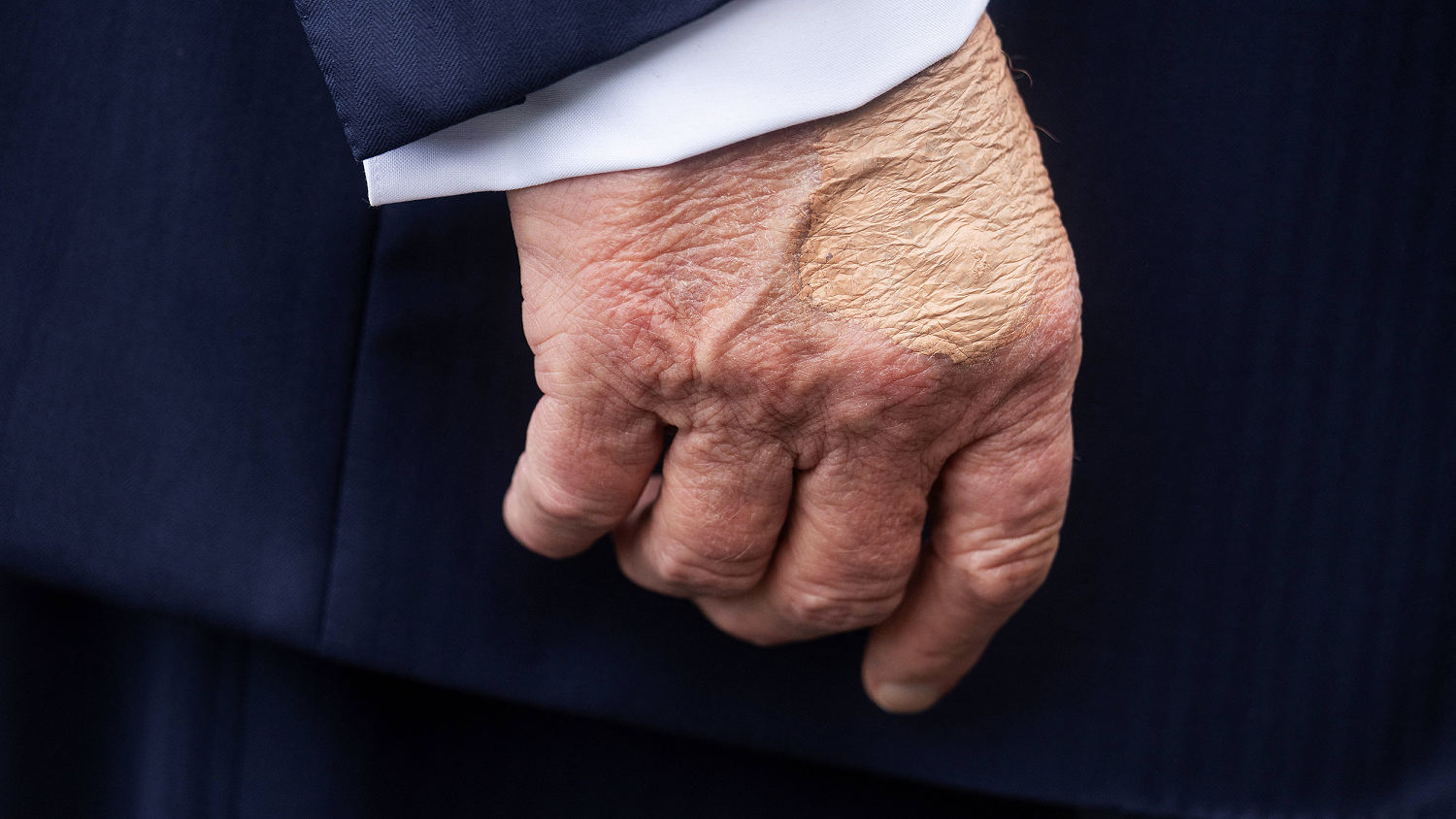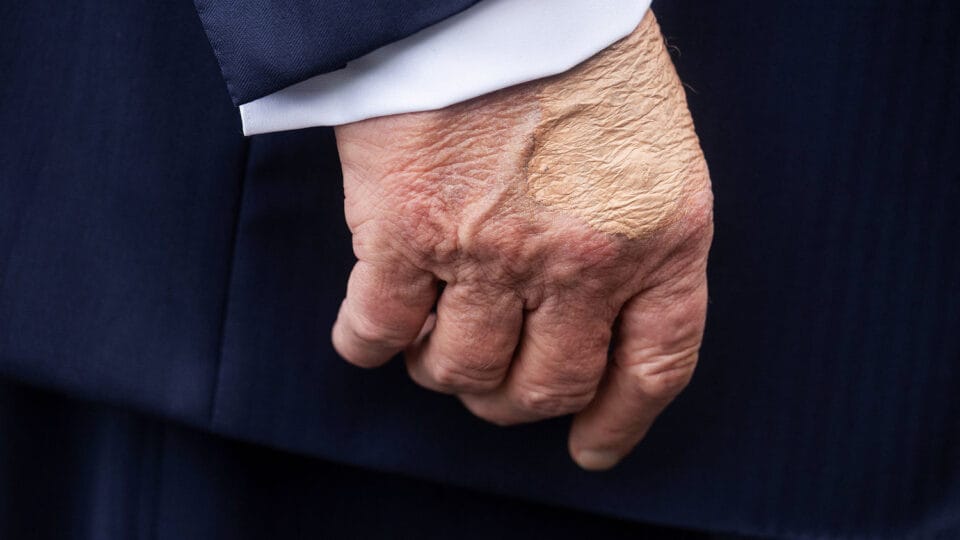
The condition itself is common, affecting an estimated 1 in 20 adults, usually over age 50. Dr. Lee Kirksey, a vascular surgeon at the Cleveland Clinic, said it’s not life-threatening.
It does, however, “raise a yellow flag for us to look at underlying issues, whether it’s body weight or whether it’s a sedentary lifestyle,” Kirksey said.
According to Trump’s April 2025 physical, his heart function is normal and “blood flow to his extremities is unimpaired.” His latest physical also says he is 6-foot-3 and weighs 239 pounds, which indicates he is overweight, according to the NIH BMI Calculator. Being overweight or obese is a risk factor for chronic venous insufficiency.
How is chronic venous insufficiency treated?
Dr. Aaron Aday, co-director of vascular medicine at Vanderbilt University Medical Center in Nashville, said the key is to work those leg veins to get them pumping again.
“When we walk, the muscles in our feet and our legs squeeze our veins that help pump blood back to the heart,” Aday said. “If you’re sitting or standing, say, on a plane ride or a desk job, that pressure can build up, causing achiness and heaviness in the legs.”
There’s no specific treatment for chronic venous insufficiency. Wearing compression stockings and elevating legs can be helpful, experts said.
Blood thinners can also help prevent blood clots from forming. Trump takes aspirin, a blood thinner, according to his medical records.
Neither Kirksey nor Aday is involved with Trump’s care.
On Thursday, the president’s physician, Dr. Sean Barbabella, said in a memo that “President Trump remains in excellent health.”
